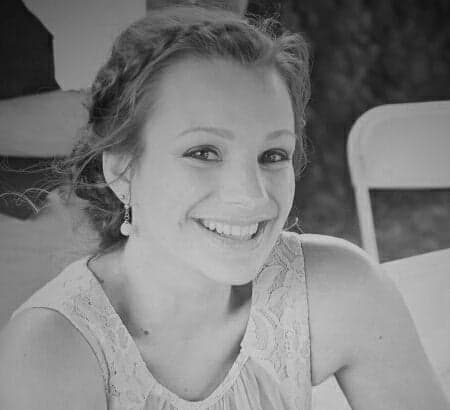Spotlight on Scoliosis
Scoliosis is a spinal deformity – famously known as a “sideways” curve of the spine. It is most often found during adolescence and affects about three in every hundred Canadians.
As the spine curves it can cause changes in body morphology like unevenness in the hips, waist, and shoulders; a spot that “sticks out” on the ribs and/or back; and a shoulder blade that “pokes out”. Scoliosis patients may experience increasing symptoms as the condition progresses, such as pain, breathing difficulty, osteoarthritis, mental health problems, and decreased health-related quality of life.
Historically, scoliosis was managed by monitoring the curve and implementing bracing or surgery. However, in recent years, physiotherapeutic scoliosis specific exercises (known as PSSE) have made their way into the recommended standard of care for scoliosis patients. These exercises are largely aimed at preventing the progression of/reducing the spinal curve, and, for those who undergo surgery or bracing, optimizing the results. Studies have shown that PSSE are effective for decreasing pain, improving quality of life, increasing back muscle endurance and range of motion, and improving self-image.
Most people with scoliosis can lead a healthy, active life. But a better understanding of the condition can help you to better address your discomfort, and empower you to seek the best treatment possible. Schroth is one of the most widely studied and used forms of PSSE. it offered by Sun City Physiotherapy in Lake Country by International Schroth Scoliosis Therapist Tamara Oakley.

Tamara graduated from the Masters of Physical Therapy program at UBC and spent many years as a fitness instructor before entering the world of physiotherapy;
you will likely still catch her performing the occasional hamstring-repeater or grapevine as she moves around the Winfield clinic.
Tamara enjoys working with a variety of conditions and strives to build a connection with clients that allows a collaborative and balanced approach to their care. She likes to work with all age groups, and has a special interest in pediatrics from infants (including conditions such as torticollis and plagiocephaly) to teens. Currently she is working on her manual therapy levels through the Orthopaedic Division or the Canadian Physiotherapy Association, as well as training in vestibular rehabilitation (vertigo, dizziness, and balance).
